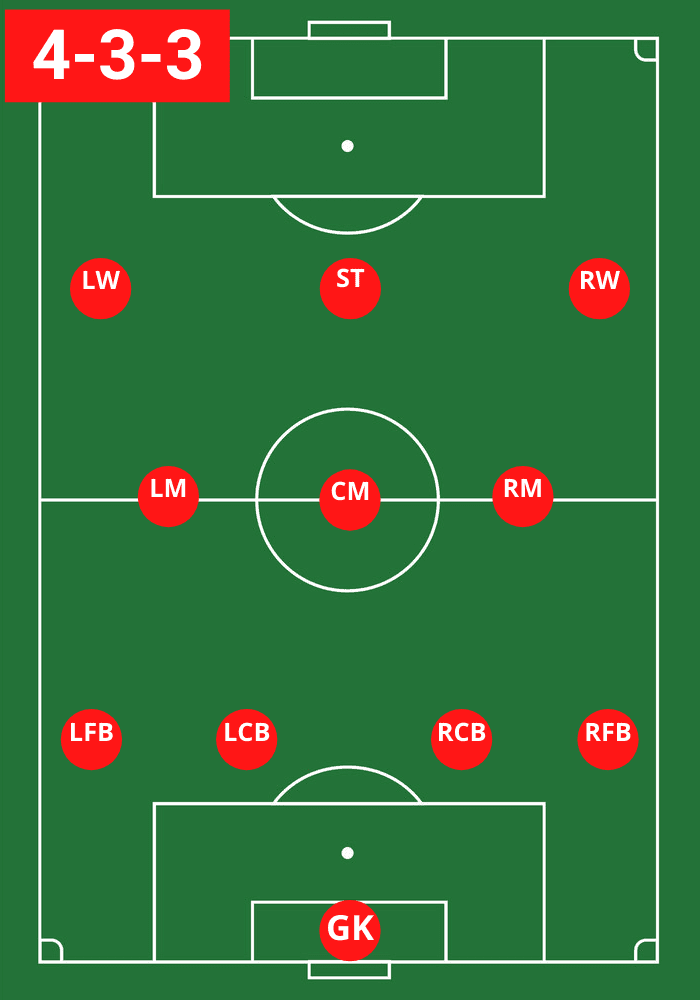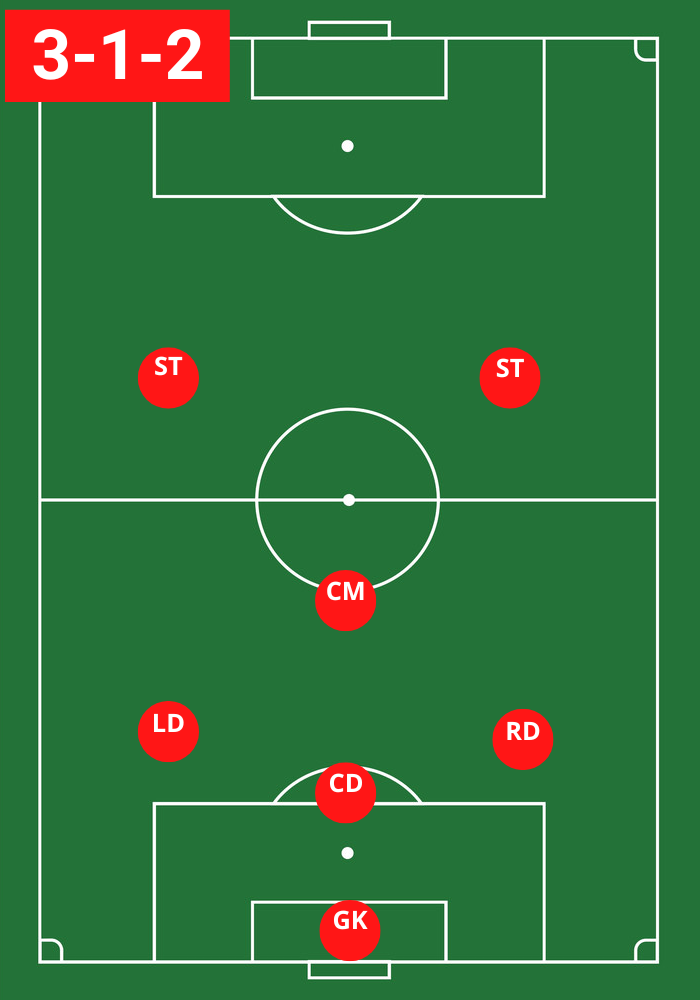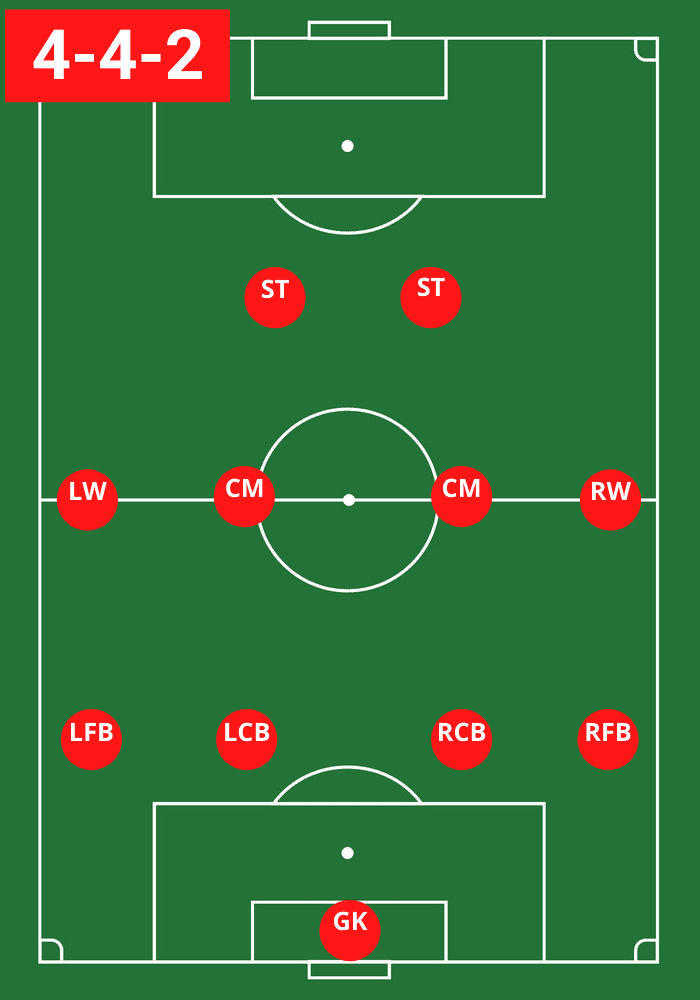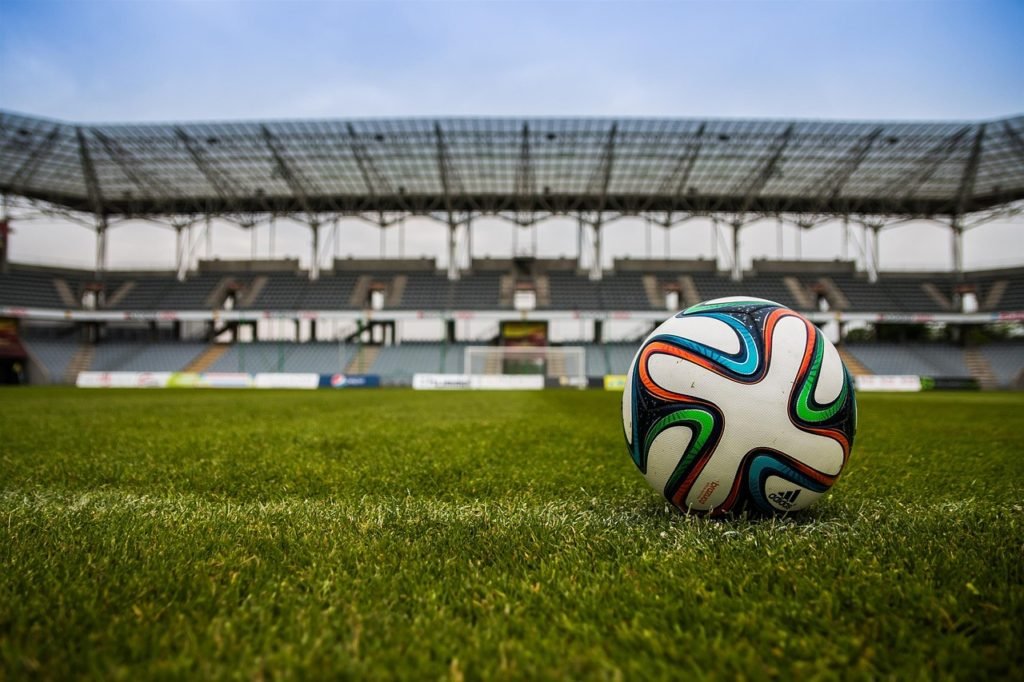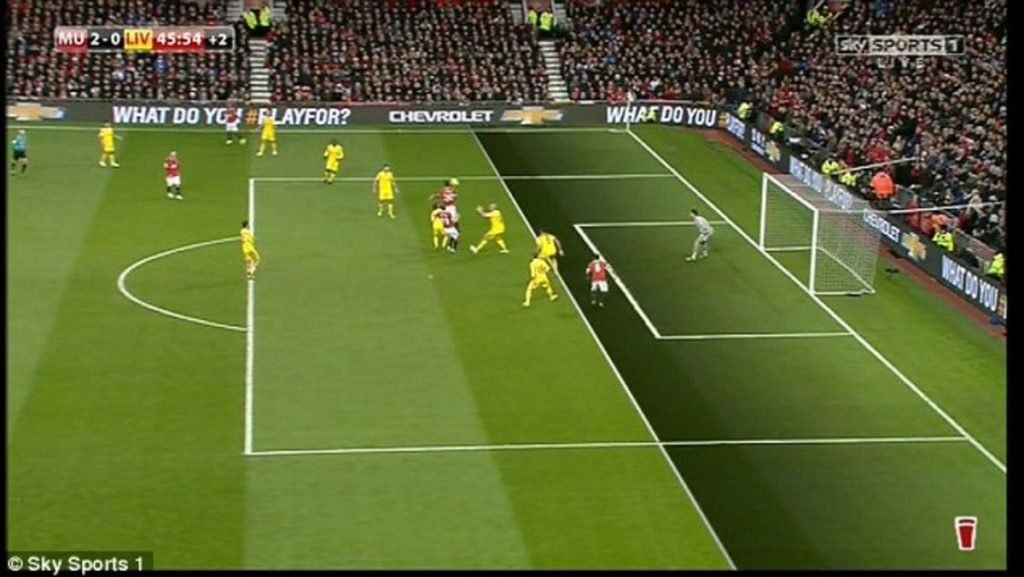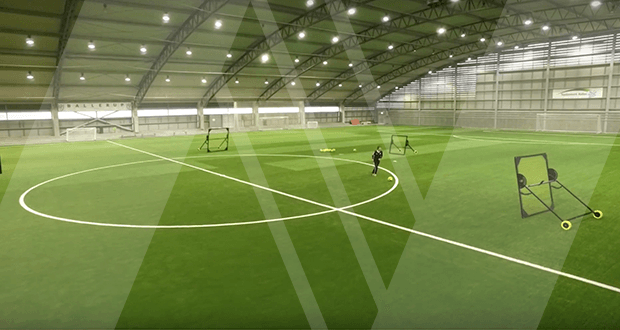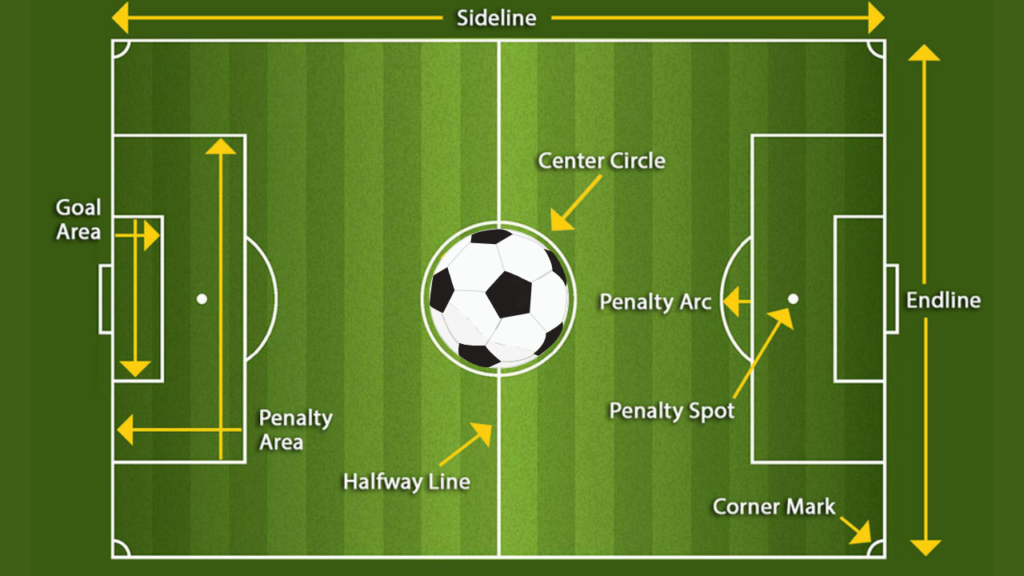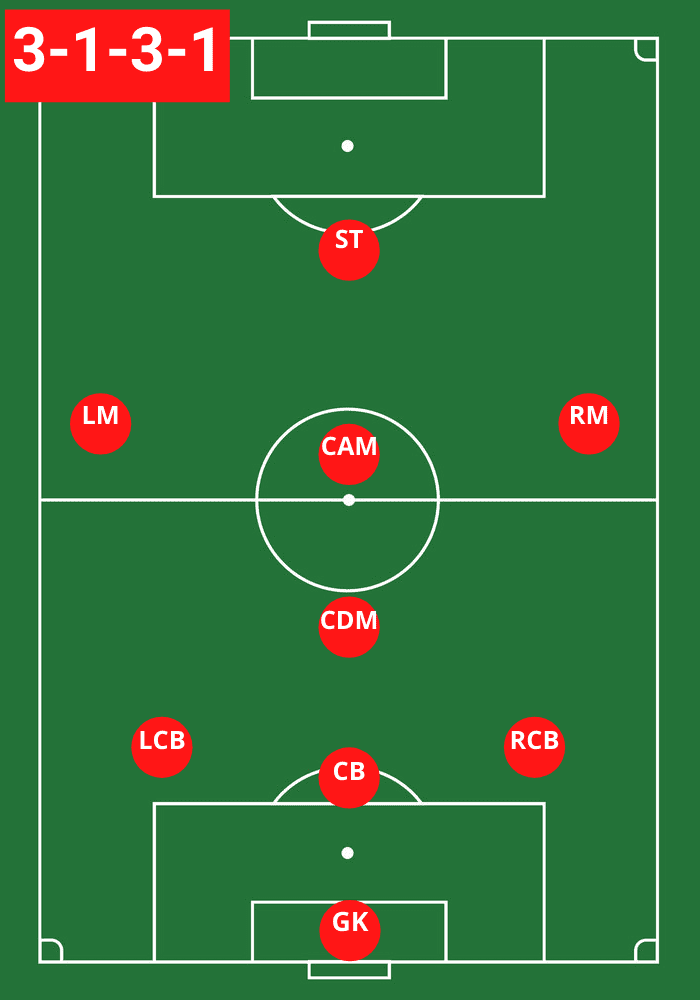Football, commonly known as soccer, has established itself as a globally renowned sport with a massive fan following of more than 3.5 billion people worldwide. It’s a game that is adored by many, and the most pivotal element of soccer is the goal. This article will delve into the significance of a soccer goal, discussing its impact on the game and the fundamental principles that govern scoring.
The Power of a Goal in Soccer, How it Influences The Game Read More »


